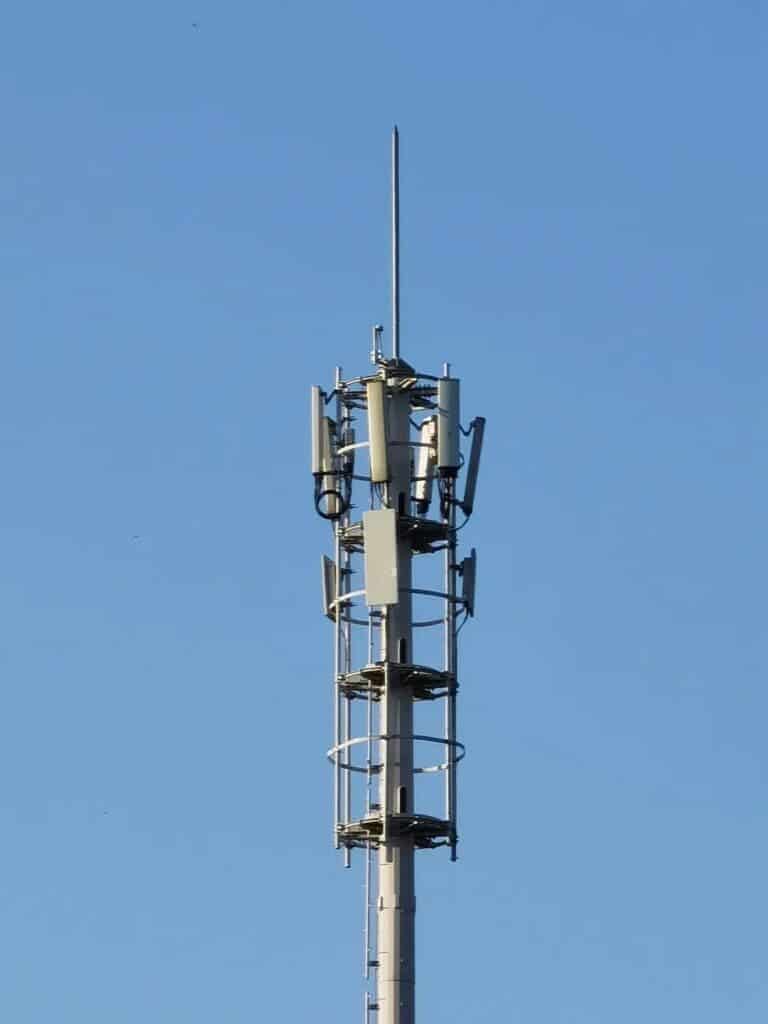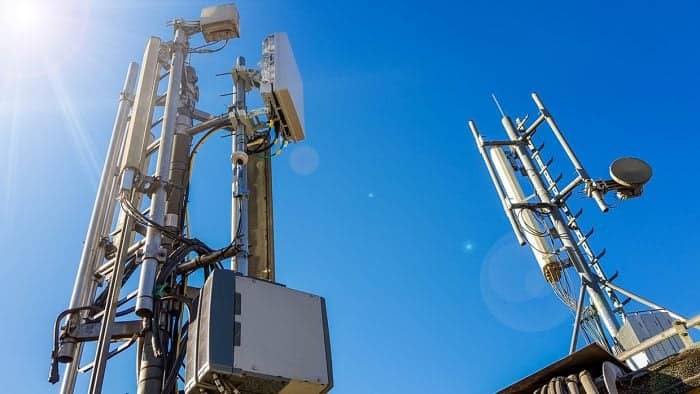Recently, Zhejiang Mobile and Huawei successfully completed the pre-commercial verification of an innovative 5G next-generation Massive MIMO in Hangzhou. This includes key indicators such as coverage and performance gain of the innovative product. The results show that compared with traditional AAU, the new generation Massive MIMO achieves a 2dB increase in uplink and downlink coverage. Furthermore, it also achieves an edge rate increase of 30% to 40%.

With the advent of the 5G era, in order to support ultra-high download speeds, ordinary MIMO in the 4G era is upgraded to Massive MIMO. AAU (Active Antenna Unit) is the basic component to realize MIMO. Currently, implementing the dual-carbon strategy and continuously improving the performance and energy efficiency of 5G networks is a key direction for China’s 5G high-quality development.
Huawei Massive MIMO development combines hardware and software
The development of this new 5G base station antennas combines hardware and software. It also takes into account network performance and green energy saving. By introducing a very large-scale antenna array, the uplink and downlink coverage significantly improves. Furthermore, there is no increase in the transmission power which improves the edge user experience. With the coverage standard remaining the same, the base station can be configured with lower transmission power. This eventually reduces the energy consumption of the base station. Huawei has been doing quite well with the development of 5G technologies.
At the same time, the ultra-large-scale antenna array is combined with intelligent algorithm innovation to achieve narrower service channel beams. This ensures that users can accurately get the service channels beams. Of course, this will improve the overall user experience.
After screening for typical township scenarios, this verification site landed in Luniao Town, Hangzhou City. The pre-commercial verification results show that relative to the traditional solution, the uplink and downlink coverage increases by 2dB. Furthermore, the new technology seamlessly achieves a 30% to 40% increase in the edge user rate. As of now, the target for Huawei is commercialization.





